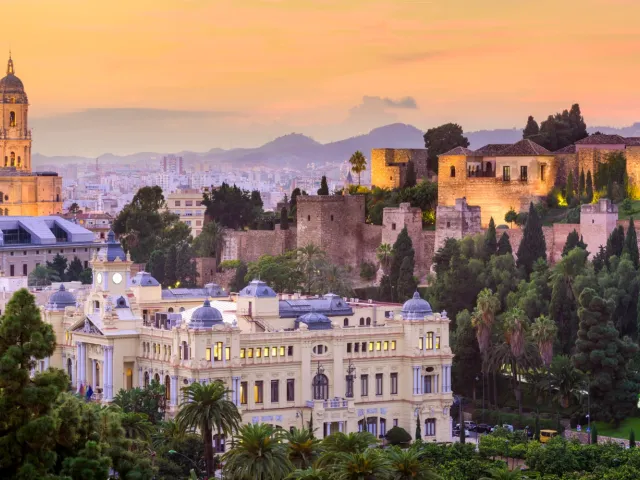
Start Planning
Popular Tours
Malaga
Explore experiences and landmarks and plan your next tour to Malaga

Malaga Cathedral

Atarazanas Market
.jpg)
Alcazaba of Malaga
.jpg)
Centre Pompidou Malaga

Gibralfaro Castle

La Malagueta Beach

La Concepción Historical-Botanical Gardens
_0.jpg)
Museo Picasso Malaga
.jpg)
CAC Málaga (Centro de Arte Contemporáneo)

Malaga Cathedral
.jpg)
Roman Theatre
Malaga Trips
Interested in paying a visit to Malaga? Look no further! With Triptile, you can focus on planning out your trip, and our team of experts will take care of all your bookings and tickets. A trip to Malaga will show you the beauty of Spanish culture and offers countless places to visit such as Mercado de la Merced, a local food market near Pablo Picasso's house, an exotic Jardin Botánico Histórico La Concepción garden, and the saphire-blue Playa de La Caleta beach. Whether you enjoy variety in your tours, or it is your first time organizing one, Malaga is a wonderful and friendly place to stop by and enjoy time spent under the Spanish Sun. Start planning your ideal Malaga vacation now with Triptile.

Two Continents: from Barcelona to Marrakesh
BarcelonaMadridCordobaSevilleMalagaTarifaTangierChefchaouenFesMerzougaSkouraMarrakechCasablancaLisbon
24 days
Private tour template
From$10,095